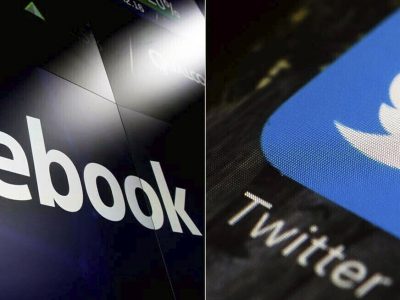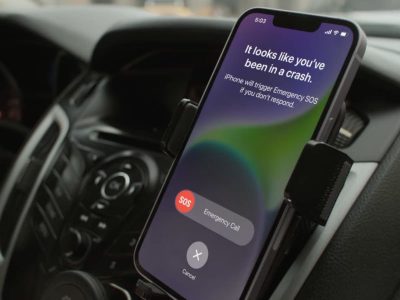With 500 stores in 50 countries, Burberry is one of the best-known luxury fashion brands in the world. The British label has been busy reinventing itself as an “end to end” digital business, using Big Data and AI to enhance sales and customer relationships, as well as combat counterfeit products.
How Burberry uses Big Data in practice
Burberry’s strategy for boosting sales hinges upon nurturing deeper, more personal connections with its customers.
It achieves this end by encouraging loyal customers to share their data through various reward and loyalty programmes. This valuable customer data is then used to offer tailored recommendations – and not just for online shoppers. In store, sales associates use tablets to give shoppers personalised suggestions based on their purchase history and social media habits. For example, if Burberry knows that you bought a particular handbag recently, then in-store assistants could show you a coat that has proven popular with other buyers of the same handbag.
Further personalised recommendations can be given to customers thanks to RFID tags fitted to products in stores. These tags send information to customers’ mobile phones, delivering info on how the product in question was made or suggestions on how it could be worn.
This sort of highly personalised shopping experience is usually confirmed to an online retail space. Describing the innovative use of these tactics and technology in a “brick and mortar” environment, then CEO Angela Ahrendts (who is now Apple’s SVP of retail) said in 2014, “Walking through our doors is just like walking into our website.”
The next year, Burberry announced a 50 percent increase in repeat custom, thanks to its investment in these tailored customer management systems.
In another example of bridging the gap between the online and in-store environment, the company realised that certain products sold well in-store but less well online. By creating new product images for items where the data indicated this was happening, the company was able to boost sales. In the case of one particular bag, Burberry saw a 100 percent uptick in sales.
Burberry also has a vibrant presence on social media, and is constantly finding new, innovative ways to engage with customers. It was, for example, the first brand in the world to harness Snapchat’s Snapcode feature, which enables customers to access extra information by scanning a product’s barcode.
In 2016, the company used Facebook chatbots during London Fashion Week to deliver updates and information on new products to customers. Since then, this chat function has been expanded to customer services, and allowing customers to browse and shop new collections. They can even arrange an Uber ride to their nearest store, simply by “chatting” through Facebook.
Aside from building closer relationships with its customers, as one of the most counterfeited fashion labels in the world, Burberry is also making use of Big Data technology to identify knock-off products. The company uses AI-powered image recognition technology from Entrupy, which is capable of identifying whether a product is genuine or not just by looking at a photograph. By assessing tiny details in the weaving and texture, the system can reportedly identify a bootleg item with 98 percent accuracy. This allows Burberry to move quickly to shut down businesses offering counterfeit products.
The company also has plans to roll out AI in other areas of the business, such as product development and manufacturing. David Harris, Burberry’s senior VP of IT has said, “We are formulating our AI strategy now … we believe that AI can deliver business value through making better products, faster, cheaper processes and more insightful analysis. For instance, we certainly see the potential for machine learning to improve and automate a number of our support processes – dev ops, testing, etc.”
Ideas and insights you can steal
Much of Burberry’s tech-based transformation is evidently focused on creating highly personalised relationships with customers. Its strategic use of techniques from the online retail world to the more intimate environment of luxury stores is inspired. But the company won’t be stopping there. It continues to look at new ways to leverage technology in order to maintain its position as a leading fashion brand.
















Comments